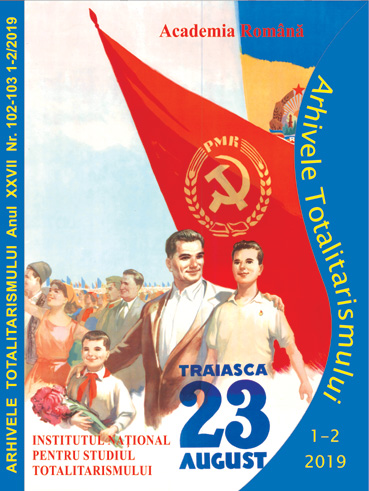Reorientarea Cominternului spre strategia Frontului Popular în anii 1933-1935. Dogmele „periodei a treia”
The turn of the Comintern to the strategy of the Popular front in 1933-1935
Author(s): Aleksandr ShubinSubject(s): History, Recent History (1900 till today), Pre-WW I & WW I (1900 -1919), Interwar Period (1920 - 1939)
Published by: Institutul National pentru Studiul Totalitarismului
Keywords: the Comintern; Stalin; Popular Front; Dimitrov; Thorez; the French Communist Party;
Summary/Abstract: The article analyzes the reasons and mechanism of the transition of the Communist international from the sectarian policy of the "third period" to the policy of the broad left coalition known as the "Popular front". After the VI Congress, the Comintern prescribed to the Communist parties the position of the extreme left opposition, which even to the neighbours on the political spectrum - Social-democrats are treated as accomplices of fascism. This policy allowed to accumulate the most radical masses, irreconcilable to the bourgeois system. However, after the victory of Nazism in Germany and the success of fascism and right-wing radicalism in other countries, this policy has become an anachronism. It was in conflict with the foreign policy of the USSR aimed at "collective security" and rapprochement with France against Germany. However, the policy of the broad left coalition carried with it the risks and costs that were discussed by the leadership of the Comintern in 1934, especially in connection with the events in France, where the FPC was entitled to a coalition experiment. Only in December 1934, in connection with the internal political situation in the USSR, it was decided to change the course of the Comintern, which in 1935 was fixed by its Congress.
Journal: Arhivele Totalitarismului
- Issue Year: XXVII/2019
- Issue No: 1-2
- Page Range: 75-89
- Page Count: 15
- Language: Romanian
- Content File-PDF

